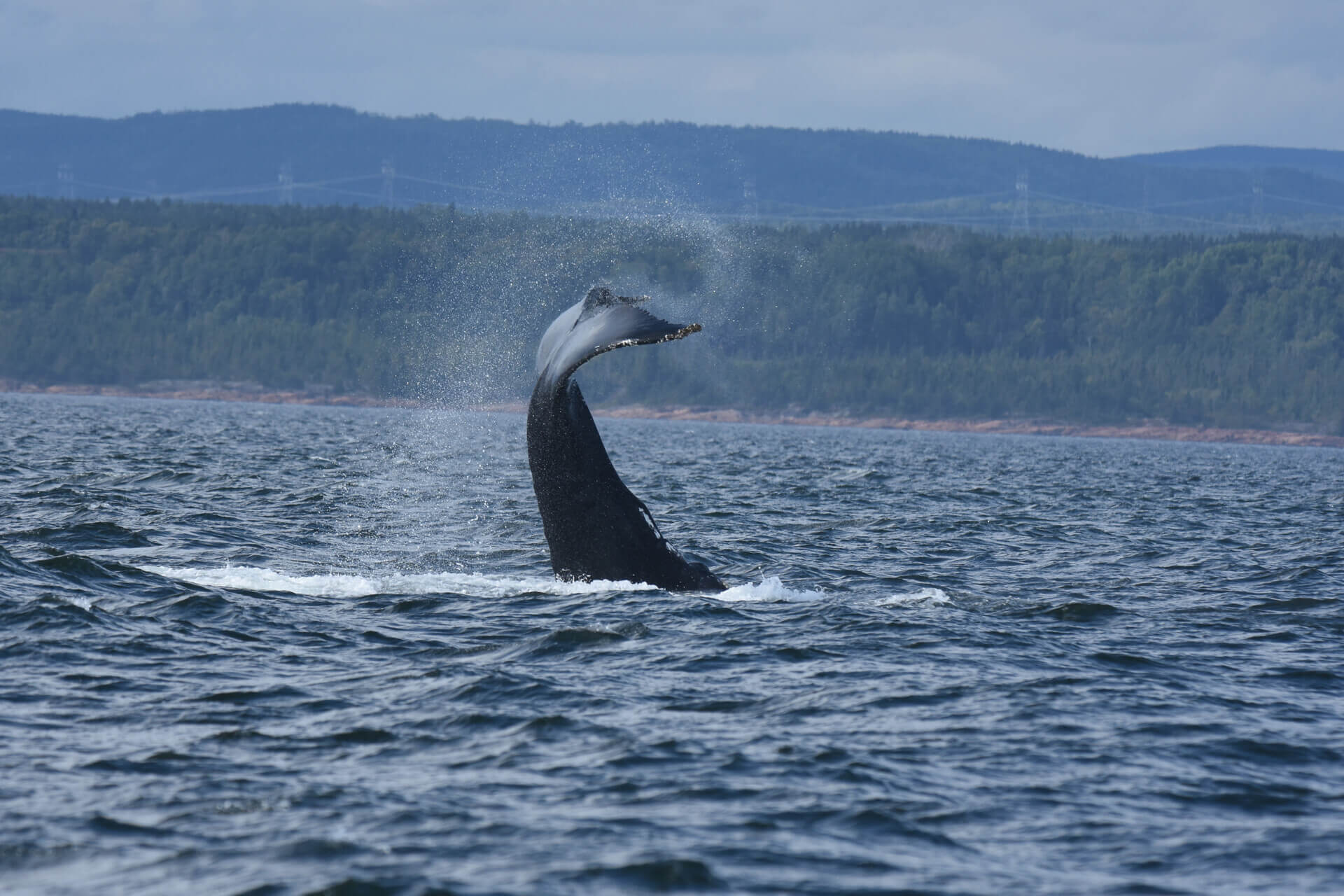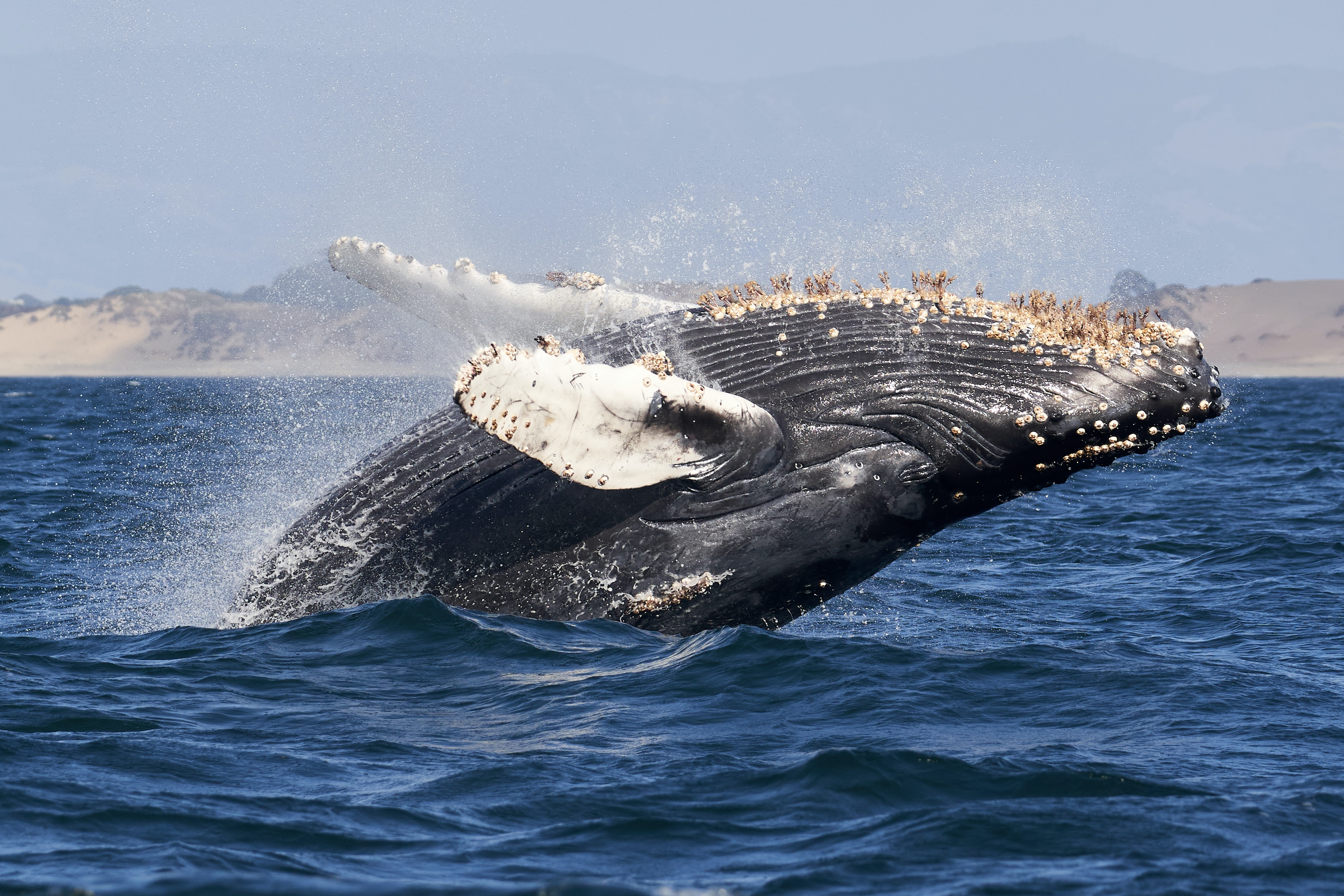In an interview with Véronique Lesage and Thomas Doniol-Valcroze, researchers at the Maurice Lamontagne Institute (Fisheries and Oceans Canada), Whales Online asked them the following question: The belugas of the St. Lawrence are endangered. What about their cousins in Arctic Quebec?
Their response: The belugas residing in the waters of Quebec’s Far North (Nunavik) for the most part come from the same population. However, due to their high fidelity to summer gathering sites, they can be divided into no fewer than three stocks: Ungava Bay, Eastern Hudson Bay and Western Hudson Bay. In 2004, during its most recent status review of these populations, the COSEWIC (Committee on the Status of Endangered Wildlife in Canada) determined that the Ungava Bay and Eastern Hudson Bay stocks were endangered. The Western Hudson Bay stock was deemed to be of “Special Concern” given the lack of information on the size of the population, which has since been estimated at nearly 57,000 individuals.
Belugas of all three stocks migrate in the fall toward the Hudson Strait and the Labrador Sea, where they spend the winter. The thousands of belugas of the Western Hudson Bay stock create the impression that they are plentiful, which can lead communities that hunt in the strait in the fall and spring to misinterpret the abundance of belugas of the Eastern Hudson Bay and Ungava Bay. The three stocks separate again in the spring. Along the migratory routes, it is impossible for hunters to distinguish which stock the targeted individuals belong to. It is thus thanks to genetic analysis conducted on samples provided by the Inuit that we are able to estimate the proportions of hunted belugas that come from threatened stocks.
Why are these stocks threatened? Intensive commercial whaling orchestrated by the Hudson’s Bay Company was the first factor to undermine the populations. In Ungava Bay, this hunt lasted from the 1860s until the early 1900s. The Eastern Hudson Bay stock was hunted from 1854 to 1877 (approximately 8,000 belugas are believed to have been harvested between 1854 and 1863 alone). In both cases, commercial whaling probably ended due to depletion of stocks: harvesting belugas was no longer profitable as they had become too scarce.
Today, belugas from these three stocks are hunted for subsistence by Nunavik’s aboriginal communities. This hunt has been regulated by Fisheries and Oceans Canada since the mid-1980s. Ever since the Nunavik Inuit Land Claims Agreement (NILCA) was signed, the Nunavik Marine Region Wildlife Board (NMRWB) is the body that oversees the co-management of belugas in northern Quebec in the context of a multi-year management plan established conjointly with the ministry.
Such management plans reduced the number of beluga catches and called for the permanent or seasonal closing of certain areas heavily used by the animals. Following these measures, the Eastern Hudson Bay stock seems to have recovered. Aerial surveys conducted every three or four years are relied on to provide recent estimates of the abundance of belugas in Nunavik waters and thereby to better assess the trends in each stock. Furthermore, through the genetic sampling program, the origins of belugas killed during the hunt can be estimated.
Many uncertainties remain however with regard to the exact numbers of belugas in each of the different stocks and their proportions amongst the individuals harvested by each of the communities, especially in the Hudson Strait. Fisheries and Oceans Canada is working in close collaboration with Nunavik communities to ensure that the management measures are successful. At stake are not only the survival of the beluga in these waters, but also the survival of a tradition that is an integral part of Nunavik’s heritage and culture.





